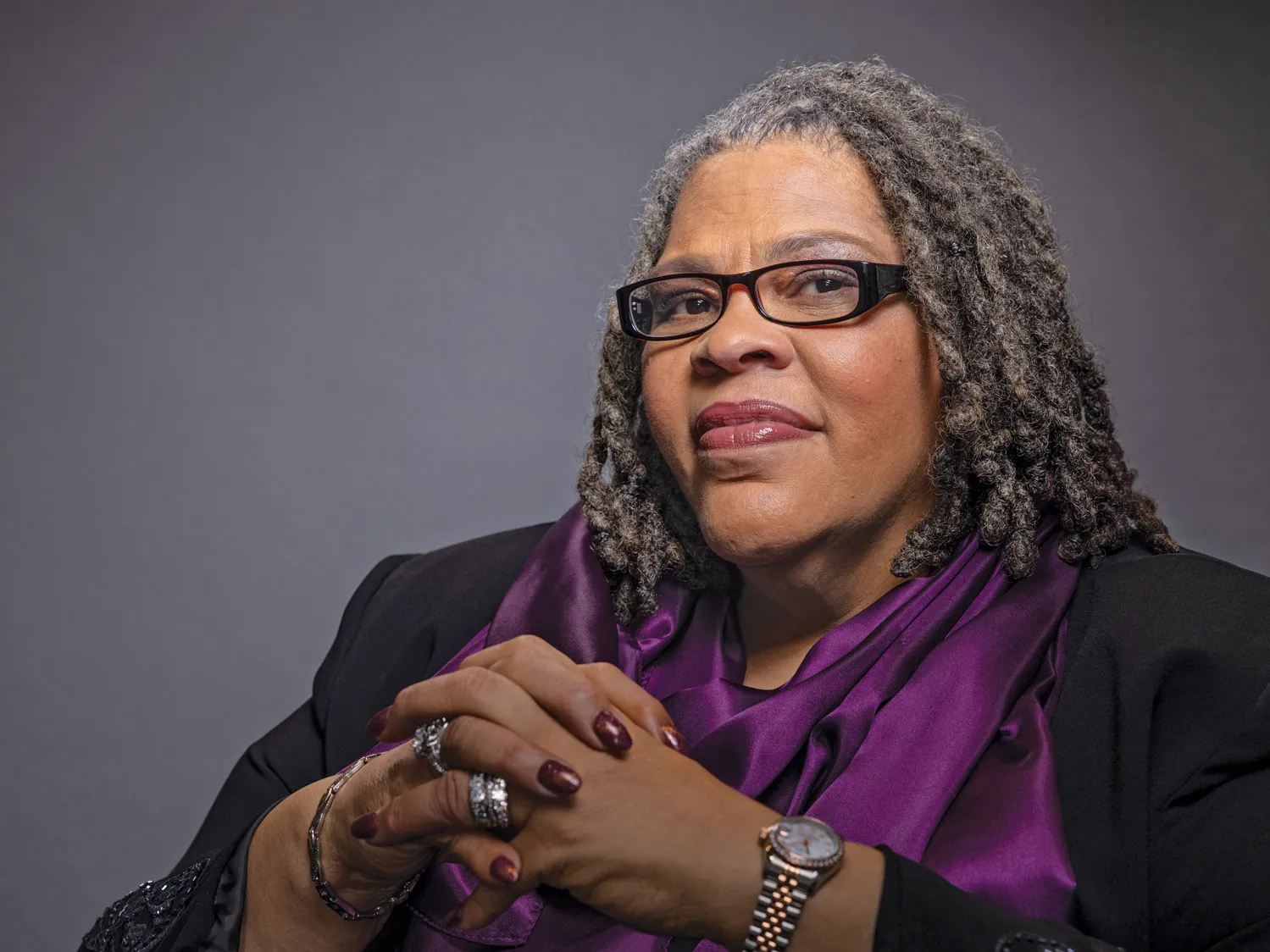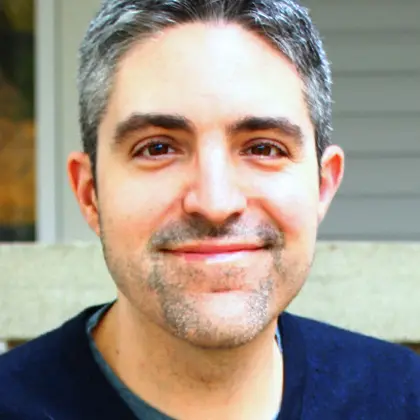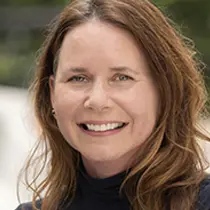The College of Social Work is never satisfied
Faculty and students embrace their enduring mission to care for people but continually stretch and adapt to provide what modern communities need.
By Chris DeVille and Jenny Applegate
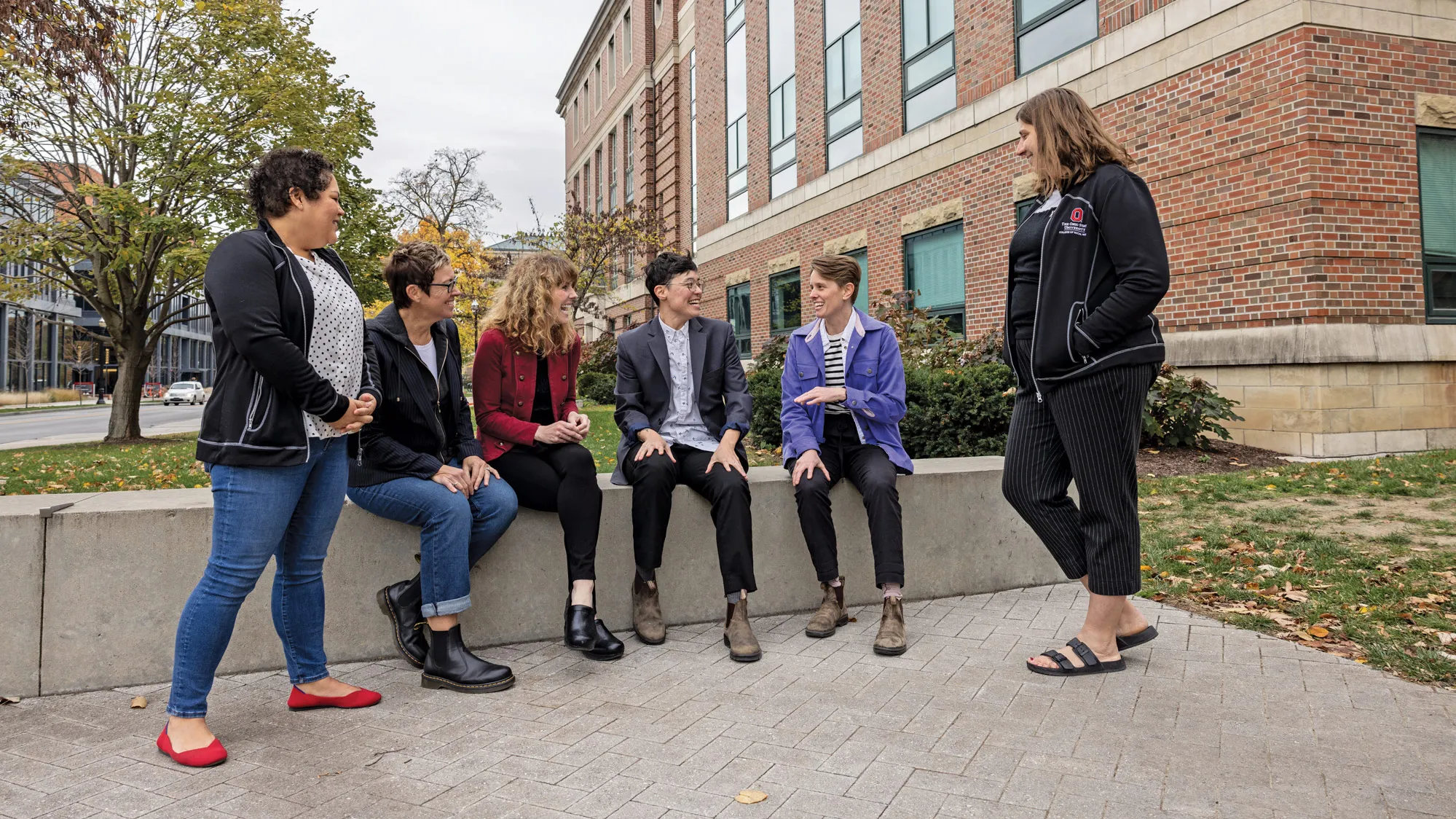
Al Cho gathers with more of his favorite people outside Stillman Hall. From left: Anna Stewart, Andréa Severson, Jennie Babcock, Cho, Christine Happel and Katie Klakos. (Photo by Jodi Miller)
When asked to name his favorite College of Social Work teachers, Al Cho ’23 hesitates. “It’s a challenging question,” he says. “I chose to stick around for grad school because I’ve had a lot of amazing teachers.”
There’s Gwendolyn Rees, who focuses on social work in the LGBTQ+ community. Jennifer Haywood ’96 MSW, who teaches how diagnostics can help you more fully consider people and the pressures squeezing them. Martha Hensley Wessell ’07, ’09, ’11 MSW, who encourages looking beyond people’s medical diagnoses. And Holly Dabelko-Schoeny ’02 PhD, who specializes in the older population.
“Holly and Director Marisa Sheldon [’10, ’11 MSW] took me into their organization [Age-Friendly Innovation Center] and said, ‘How can we make your passion and dreams play out?’ Holly’s modeled to me what social work is.”
What is that? “A very value-based system that is willing to meet people where they are,” Cho explains. “It can be solution-focused, and it’s about serving the community and understanding that the community is individuals and individuals are the community.”
His teachers would say Cho nailed it.
From a big-picture perspective, the fundamentals of an education from Ohio State’s College of Social Work — at 104, the oldest continuously accredited public social work program in the country — have not changed: enhancing collective well-being by learning to best meet people’s basic needs. Yet the college takes pride in evolving to meet the needs of the day.
“We try to understand people in their environment, learn about individuals and how they grow and change over time as they age,” Dean David Jenkins says. “We want to understand the systems they’re part of: how families, schools, churches shape them.”
As Cho experienced, the undergraduate curriculum focuses on providing a broad social work education. Courses center on professional ethics, interviewing, psychopathology, social welfare policy, research and statistics, diversity and inclusion, and practice with individuals, families, groups and diverse populations.
For their last year, students work for an agency that provides social services. That helps them understand functional realities. For example: “When I was a student, people would be hospitalized for mental health conditions for 30 days,” Jenkins says. Now, most insurance companies only pay for three to five days of treatment — a switch with significant effects.
Assistant Dean Jennie Babcock ’89, ’93 MSW says Ohio State is working to respond to a shortage of social workers in behavioral health, a crisis that worsened as COVID-19 isolation led to greater struggles with substance use and mental illness.
Mental health and substance misuse is one area of emphasis that Master of Social Work students can choose. The others: aging and health, child and youth services, and community and social justice. Cho calls the program “deliciously boots on the ground.”
He is enrolled in the mental health track, even though his clinical and field work have focused on the aging LGBTQ+ population.
“I get very lucky,” he says. “Social work allows us to explore a lot of different things and look for how they intersect.”
To keep its curriculum modern, Jenkins says, the college has evolved its approach mostly by fine-tuning what existing classes teach. Syllabi are updated to respond to changing ideas about subjects, including addiction, transgender issues and climate justice.
“We now have scholars for whom their area of practice is how climate impacts the most marginalized in the most extreme ways,” Jenkins says.
The online MSW program, which has more than 600 students around the world, was added in 2016. Given its wide reach, study abroad opportunities and research projects with international partners, Babcock says, “We’re really starting to think about global engagement.”
A commitment to anti-racism also has influenced coursework. Jenkins says questions posed regularly include: Are we using a broad range of authors? Are we practicing in an anti-racist way? Do we challenge colonial ways of thinking to better understand people and the dilemmas they face?
There is more emphasis on recruiting students who demographically align with the populations they’ll serve.
“Oftentimes you’ll find that social work is a predominantly white female profession,” says Theresa Hazelwood ’04, ’05 MSW, master’s program director. “But we often serve communities that aren’t predominantly white and female.”
Cho started his Ohio State journey in 2006 on the Newark campus before stepping away for 10 years to work as a chef, live in Australia and learn more about what he wanted from life. When he earns his MSW in 2024, he knows what he wants to do: everything.
“The joy of social work is that we have so much available to us,” he says. “The dream version is to continue to work with LGBTQ+ older adults on a macro scale and then be able to do some micro counseling therapy as well.”
Cho knows the road will be tough.
“We come into this understanding we will be working in systems that are dramatically under-resourced for populations that tend to be devalued by our culture,” he says. “And so we talk about, from the very beginning, that it’s going to get at the heart of you. It’s going to mess with you. Sometimes it is going to take your spoons.”
That’s one more thing Ohio State’s College of Social Work has prepared him to take on.
“It’s exciting because this field keeps expanding. It holds the most possibility for humanizing human-based change,” Cho says. “I see how the college builds programming to align with that. It’s an ongoing effort, but one that is genuinely undertaken.”
Support students
You can help the College of Social Work provide scholarships to students looking to serve others.
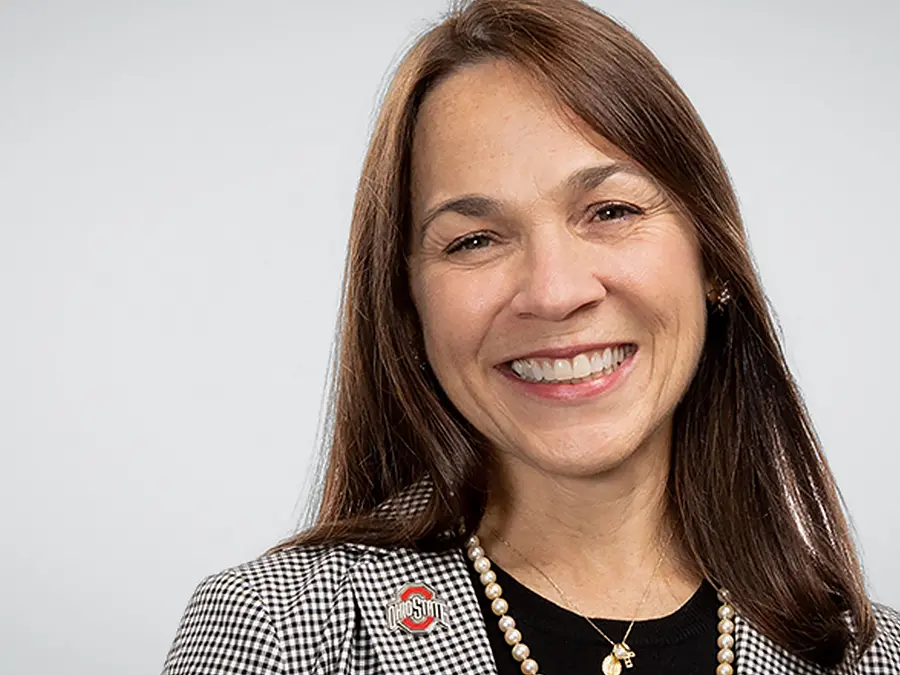
Susan Bon ’92 JD, ’94 MA, ’96 PHD has a never-ending passion to help people pursue their dreams in higher education.
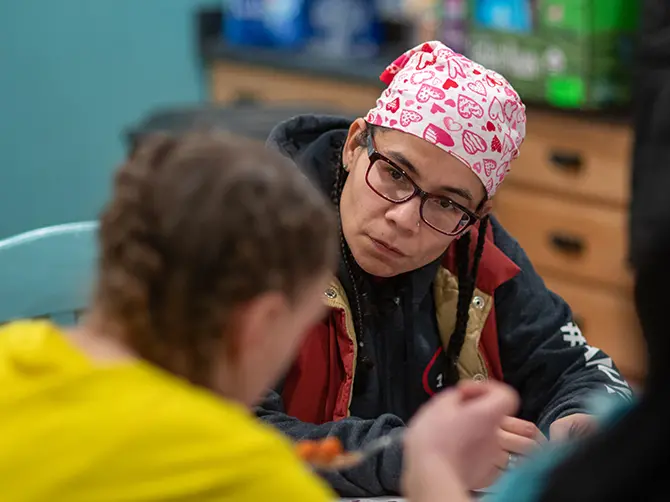
Nurse Esther Flores ’01 gave up her day job to provide victims of human trafficking with safe spaces and food for mind, body and spirit.
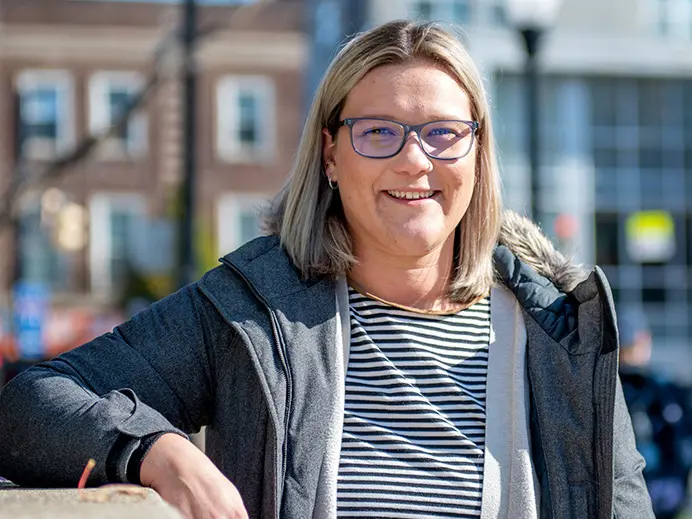
By connecting people without homes to the community, this social worker wants to show there’s nothing to be afraid of.
